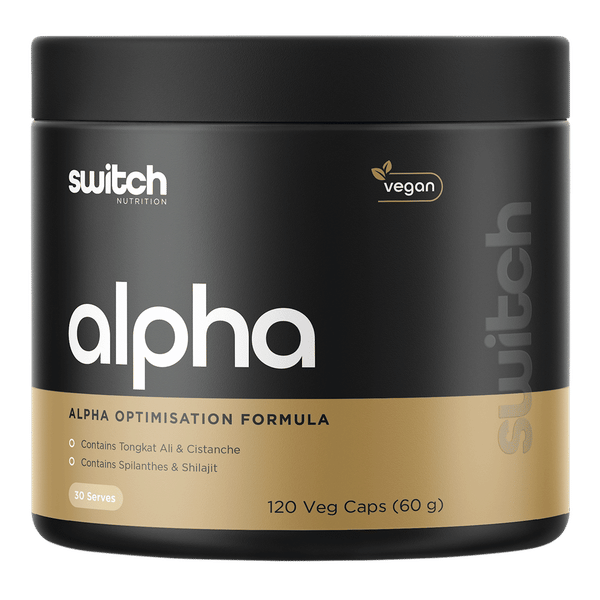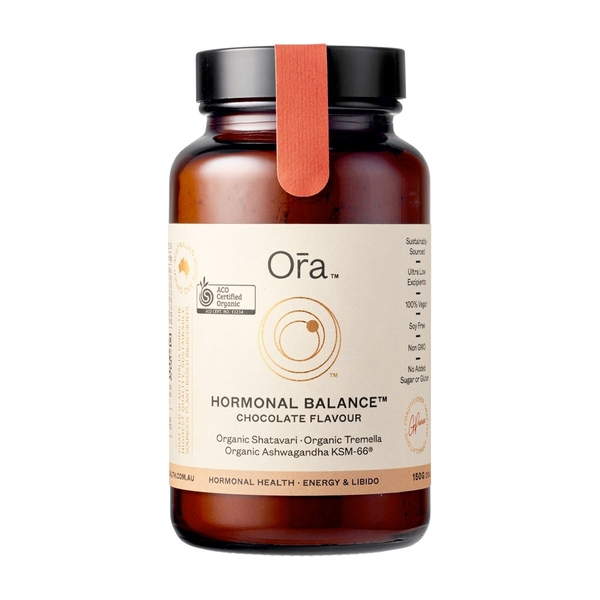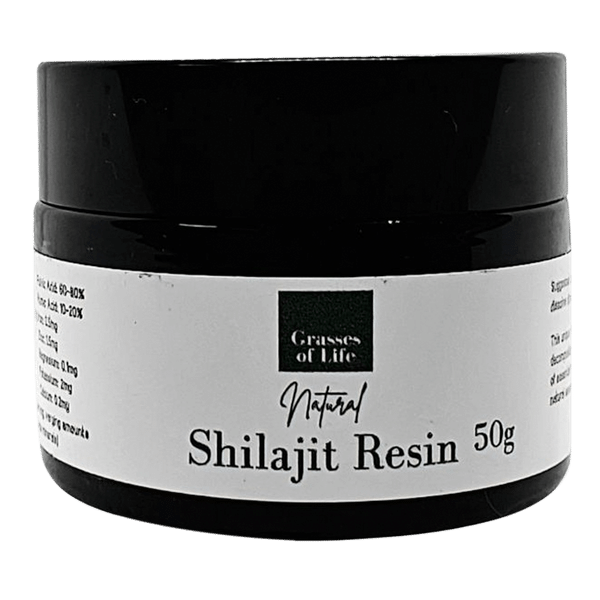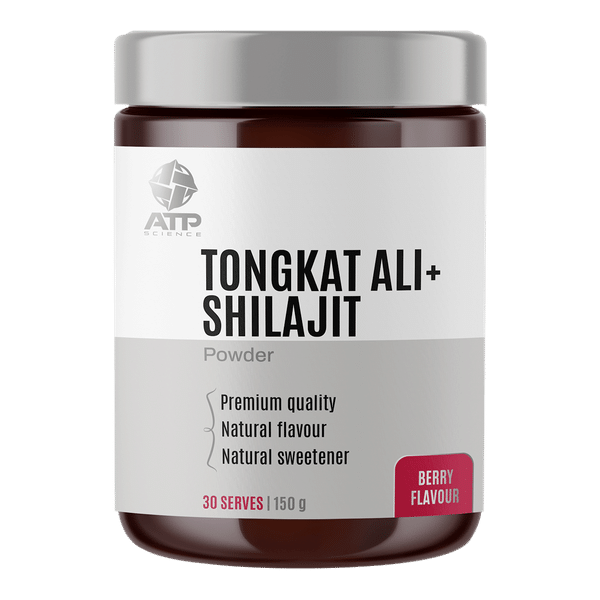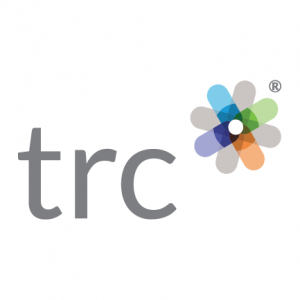
Shilajit
Alternate names: Asphaltum, Asphaltum punjabianum, Mineral Pitch, Momiai, Moomiyo, Mountain Blood, Mountain Juice, Mountain Oil, Mountain Sweat, Mumie, Mumijo, Mumiyo, Mummiyo, Mummiyois, Mummy, Pahar-Ki-Pasina, Paharki-Khoon, Rock Juice, Rock Sweat, Salajeet, Salajit, Salijit, Shilajatu, Shilajir, Shilaras, Sweat of Mountains, Vegetable Asphalt
Background
Shilajit is a sticky substance that comes out of the cracks in high mountain ranges of Asia. It's made of animal, mineral, and plant material.
The exact makeup of shilajit depends on where it's found and the temperature. It typically contains vitamins, minerals, essential fatty acids, and amino acids. It also contains the organic acids fulvic acid and humic acid. It's often used as an adaptogen in Ayurvedic medicine and has antioxidant effects.
People use shilajit for Alzheimer disease, athletic performance, male infertility, fractures, muscle strength, osteoporosis, and many other conditions, but there is no good scientific evidence to support these uses.
Don't confuse shilajit with fulvic acid or humic acid. These are not the same.
The exact makeup of shilajit depends on where it's found and the temperature. It typically contains vitamins, minerals, essential fatty acids, and amino acids. It also contains the organic acids fulvic acid and humic acid. It's often used as an adaptogen in Ayurvedic medicine and has antioxidant effects.
People use shilajit for Alzheimer disease, athletic performance, male infertility, fractures, muscle strength, osteoporosis, and many other conditions, but there is no good scientific evidence to support these uses.
Don't confuse shilajit with fulvic acid or humic acid. These are not the same.
Safety Safety definitions
When taken by mouth: Processed shilajit is possibly safe when used in doses of 2 grams daily for 45 days or up to 500 mg daily for up to 48 weeks. It seems to be well-tolerated. But there isn't enough reliable information to know if crude or unprocessed shilajit is safe or what the side effects might be.
When applied to the skin: There isn't enough reliable information to know if shilajit is safe or what the side effects might be.
Surgery: Shilajit might lower blood sugar and interfere with blood sugar control during and after surgery. Stop taking shilajit at least 2 weeks before a scheduled surgery.
When applied to the skin: There isn't enough reliable information to know if shilajit is safe or what the side effects might be.
Special Precautions & Warnings:
Pregnancy and breast-feeding: There isn't enough reliable information to know if shilajit is safe to use when pregnant or breast-feeding. Stay on the safe side and avoid use.Surgery: Shilajit might lower blood sugar and interfere with blood sugar control during and after surgery. Stop taking shilajit at least 2 weeks before a scheduled surgery.
Effectiveness
Effective Effectiveness definitions
There is interest in using shilajit for a number of purposes, but there isn't enough reliable information to say whether it might be helpful.
Dosing & administration
Shilajit has most often been used by adults in doses of 200-500 mg by mouth daily for 8-48 weeks. Speak with a healthcare provider to find out what dose might be best for a specific condition.
Interactions with pharmaceuticals
Medications for diabetes (Antidiabetes drugs)
Interaction Rating=Moderate Be cautious with this combination.
Shilajit might lower blood sugar levels. Taking shilajit along with diabetes medications might cause blood sugar to drop too low. Monitor your blood sugar closely.
Interactions with herbs & supplements
Herbs and supplements that might lower blood sugar: Shilajit might lower blood sugar. Taking it with other supplements with similar effects might lower blood sugar too much. Examples of supplements with this effect include aloe, bitter melon, cassia cinnamon, chromium, and prickly pear cactus.
Interactions with foods
There are no known interactions with foods.
Products
View all productsPer serve:
- Asphaltum punjabinum (Shilajit) 240 mg
- Cistanche salsa ext. 200 mg
- Smilax sieboldii ext. 50 mg
- Trigonella foenum-graecum ext. 500 mg
- Eurycoma longifolia ext. 100 mg
- Magnesium citrate 160 mg
- Calcium pantothenate (Vitamin B5) 3.5 mg
- Zinc citrate 12 mg
- Spilanthes acmella ext. 400 mg
- Boron citrate 10 mg
- Cholecalciferol 2.5 µg
- Silicon dioxide
RRP: $89.95$80.95Save: 10%
Create account
Per 5 g (Chocolate):
- Asphaltum punjabinum (Shilajit) 200 mg
- Lepidium meyenii powder 1 g
- Theobroma cacao powder
- Asparagus racemosus ext. 200 mg
- Withania somnifera ext. 200 mg
- Green banana
- Tremella fuciformis powder 160 mg
- Pearl powder
- Lactobacillus acidophilus 1.5 billion CFU
- Natural chocolate flavour
- Coconut milk powder
- Theobroma cacao (Cocoa powder)
- Erythritol
- Stevia rebaubiana
- Xanthan gum
- Pyridoxine hydrochloride (Vitamin B6)
RRP: $56.95$51.25Save: 10%
Create account
RRP: $50.50$47.97Save: 5%
Create account
Per 5 g (Berry):
RRP: $69.96$62.96Save: 10%
Create account
vital.ly has licensed monographs from TRC Healthcare.
This monograph was last reviewed on 17/12/2024 11:00:00. Monographs are reviewed and/or updated multiple times per month and at least once per year.
Natural Medicines disclaims any responsibility related to medical consequences of using any medical product. Effort is made to ensure that the information contained in this monograph is accurate at the time it was published. Consumers and medical professionals who consult this monograph are cautioned that any medical or product related decision is the sole responsibility of the consumer and/or the health care professional. A legal License Agreement sets limitations on downloading, storing, or printing content from this Database. No reproduction of this monograph or any content from this Database is permitted without written permission from the publisher. It is unlawful to download, store, or distribute content from this site.

